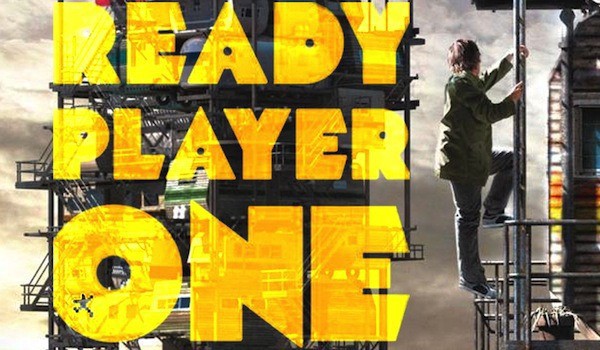Now that 2018 is right around the corner, we are beginning, yet again, a new age of digital advertising.
Even the word ‘advertising’ still gives people bad vibes, thanks a lot Don Draper. Just think about that 30 second, unskippable video popping up telling you to buy car insurance when all you are trying to do is watch that new Kendrick Lamar video that's trending on the Twitter-sphere. And don't even get me started on mobile devices, where ads can simply become unwatchable.
Is it just me, or do these new ads scream desperation? The unskippable ads and and online pop-ups only cause frustration for those of us trying to consume content faster and easier than ever before. One could argue that failed attempts at creating effective online ads are actually hurting a company’s brand.
So the questions remains- how do advertisers survive now that old age tactics are starting to die off?
My answer: Engage
No one likes the car salesmen “in your face” approach, and advertisers that do so are likely to be met with less website traffic and fewer sales. Creating engaging content is what advertisers and businesses need to do in order to stay afloat in the world of digital communications. It's a concept marketers like to call "Lead-Gen Marketing".
Take one of my personal faves, The Most Interesting Man in the World for example. Dos Equis took a simple approach that actually played on an older idea (if you’re familiar with the Chuck Norris jokes) , and added some perfectly relevant, hilarious one-liners being created in every commercial such as, “mosquitos refuse to bit him purely out of respect,” “his two cents is worth $37 in change,” and “if he were to pat you on the back, you would list it on your resume.” Of course it would end with a Dos Equis beer plug, which is a genius and highly effective marketing tactic, because it held people’s attention.
The internet immediately fell in love with this advertising campaign. He quickly became a meme, which is the holy grail for advertisers, and the company saw an increase in sales soon after the commercials were first aired. The key to this campaign’s success was its engagement to its audience. Customers enjoyed the commercial’s quirkiness. It was entertaining. Its humor related to a younger crowd, and many people within that demographic shared it across social media, increasing its reach even more. Perhaps the most impressive thing for me, was how it connected the humorous juxtaposition with the brand itself, without coming across as them trying to shove sales down your throat.
Now that Generation Z is beginning to make a larger online presence, advertisers must take into consideration that this means more people who simply despise ads. Though it will always change throughout time, effective advertising campaigns must look at the bigger picture and try and get their audience to engage with their brand, rather than their products. I feel like that bears repeating so I'll say it again for the people in the back:
"Engage with their brand, rather than their products"
Stay on top of the demographic shifts your target audience is into, and think about making something that is genuinely worth watching, rather than peddling some ads out there because "we need more social media".




